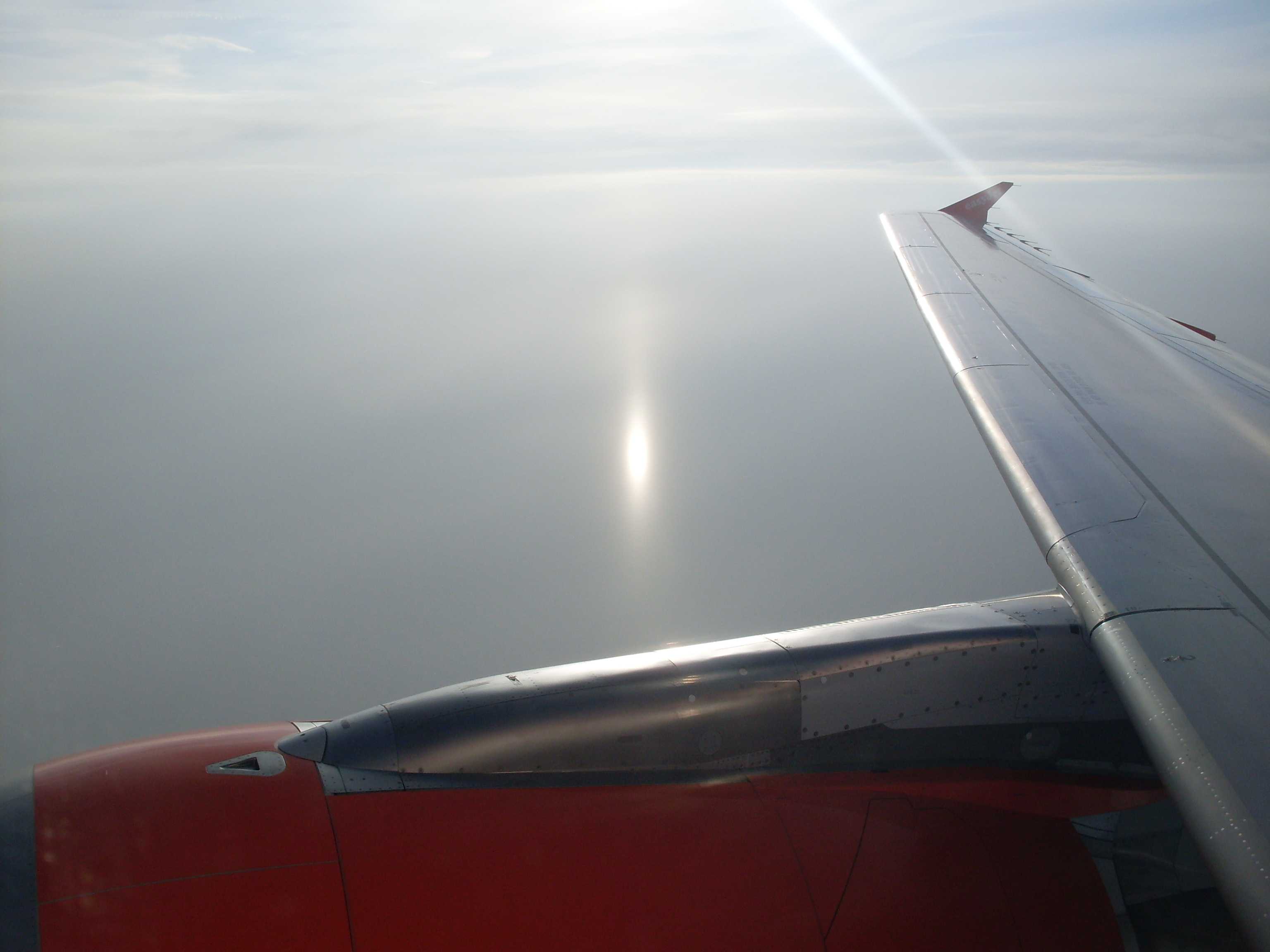Cirrus
(Section 2.5.2.1)Cirrus usually occurs at altitudes between 3 km and 8 km (10 000 ft and 25 000 ft) in polar regions, between 5 km and 13 km (16 500 ft and 45 000 ft) in temperate regions and between 6 km and 18 km (20 000 ft and 60 000 ft) in the tropics. In the temperate zone, the Cirrus of polar air masses occupies lower levels than the Cirrus of tropical air masses.
Below the cloud. Viewed from below, Cirrus usually has no distinct structure. However, it sometimes has white, delicate filaments, or patches or narrow bands that are white or mostly white. Cirrus is distinguishable from Cirrocumulus by the absence of regularly arranged rounded or granular cloudlets, and from Cirrostratus by the fact that it consists of separate elements.
Within the cloud. Cirrus is composed almost exclusively of ice crystals. The observer often sees the glitter of these crystals in the sunlight. Halo phenomena, when present, are generally confined to the small halo.
Above the cloud. Cirrus is very bright when seen from above in full sunlight. Thin Cirrus may resemble the upper surface of a layer of haze, while dense Cirrus has a milky appearance. Other clouds or the ground are frequently visible through Cirrus. A subsun (undersun) may sometimes be visible from above thick Cirrus.




